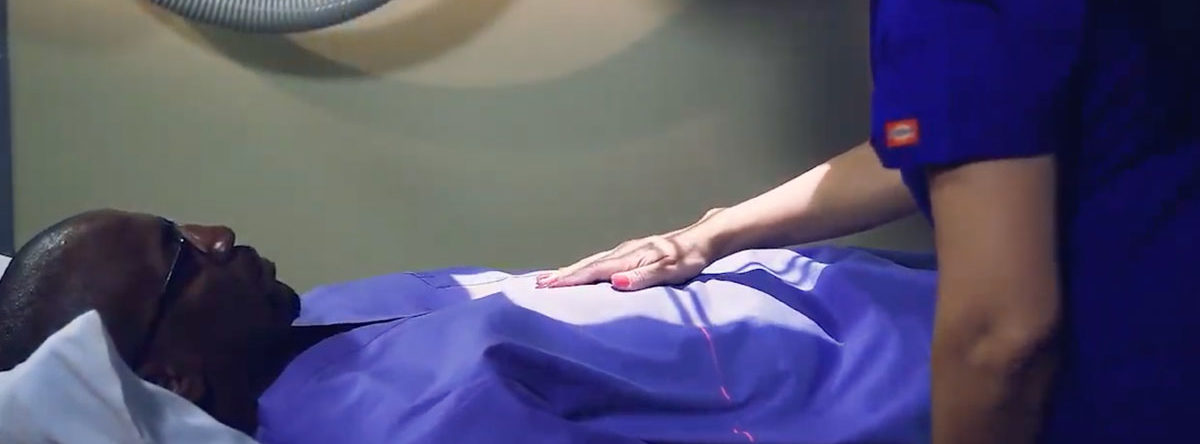Digital X-ray

For your convenience, we offer an option to schedule your appointment online.
Click “Schedule An Appointment” to get started.
We also offer walk-in appointments to X-Ray patients.
Check hours of availability of the location closest to you.
What Is Digital X-ray?
X-ray imaging (radiography) is still the most commonly used technique in radiology. To create a radiograph, a part of the body is exposed to a very small quantity of X-rays. The X-rays pass through the tissues, striking a film or detector to create an image. X-rays are safe when properly used by radiologists and technologists specially trained to minimize exposure. No radiation remains after the radiograph is obtained.
Digital radiography (digital X-ray) is a form of X-ray imaging where digital X-ray sensors are used instead of traditional photographic film. Advantages include increased efficiency by eliminating the need for chemical processing and the ability to digitally transfer and enhance images. Also, less radiation can be used to produce an image of similar contrast to conventional radiography.
X-rays can be used to image every part of the body and are used most commonly to look for fractures. They are also commonly used to examine the chest, abdomen, and superficial soft tissues. X-rays can identify many different conditions, and they are often a fast and easy method for your doctor to make a diagnosis.

